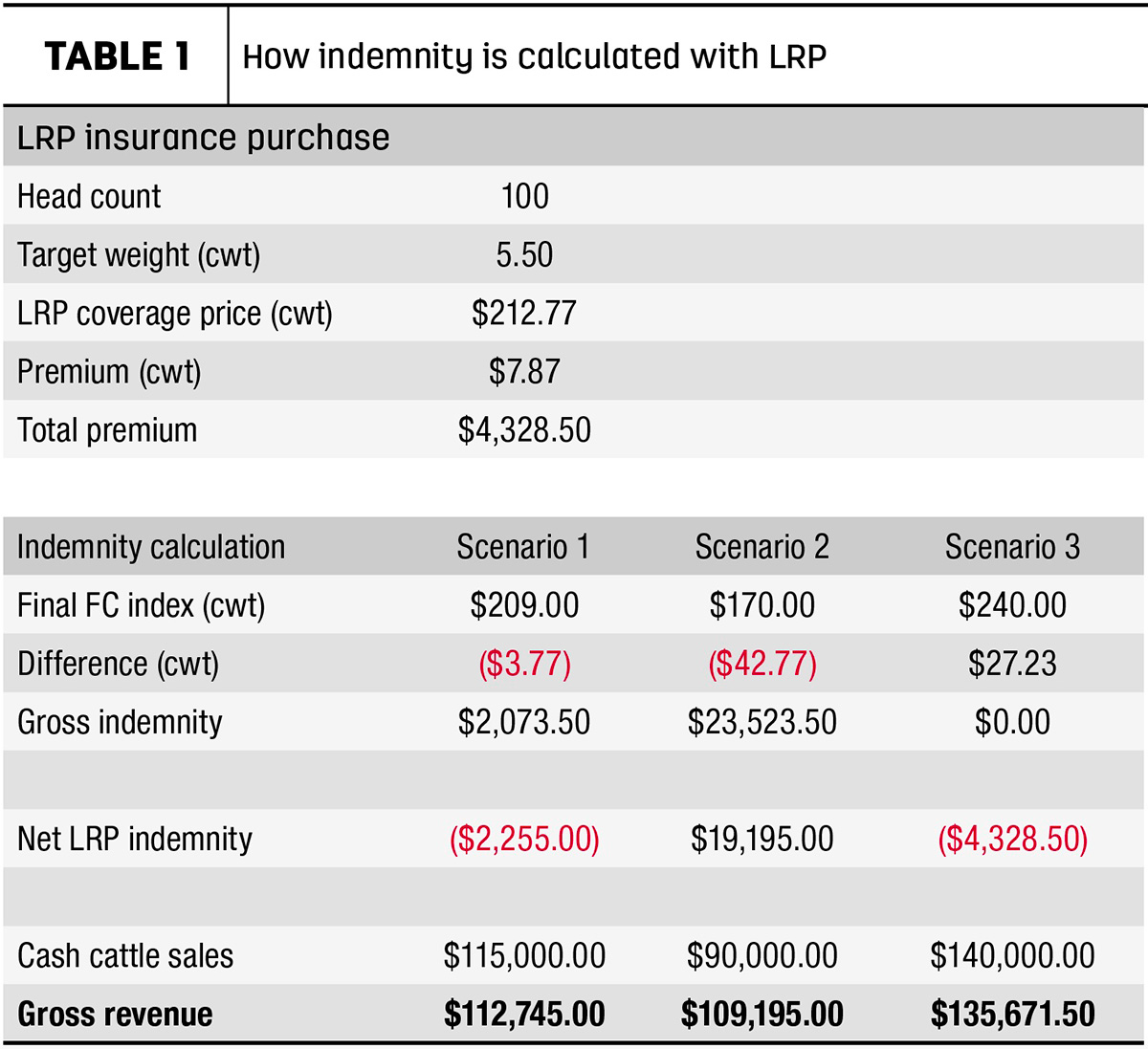Understanding Animals Threat Defense (LRP) Insurance Policy: A Comprehensive Overview
Navigating the world of livestock danger protection (LRP) insurance can be a complex endeavor for several in the farming field. From exactly how LRP insurance coverage works to the different coverage choices offered, there is much to reveal in this thorough overview that can possibly form the means animals manufacturers approach threat monitoring in their businesses.

Exactly How LRP Insurance Coverage Functions
Occasionally, comprehending the technicians of Livestock Danger Protection (LRP) insurance coverage can be intricate, yet damaging down how it works can offer clarity for breeders and farmers. LRP insurance coverage is a threat monitoring device made to shield livestock manufacturers versus unanticipated rate decreases. It's essential to keep in mind that LRP insurance is not an earnings warranty; instead, it focuses solely on cost danger security.
Eligibility and Protection Options

When it comes to protection choices, LRP insurance supplies manufacturers the versatility to select the insurance coverage degree, protection duration, and endorsements that finest match their risk administration demands. Insurance coverage levels typically range from 70% to 100% of the expected ending worth of the insured animals. Manufacturers can also choose insurance coverage durations that align with their production cycle, whether they are guaranteeing feeder livestock, fed livestock, swine, or lamb. Endorsements such as cost threat security can even more tailor coverage to safeguard versus negative market variations. By understanding the qualification standards and insurance coverage options offered, livestock producers can make educated decisions to handle danger efficiently.
Pros and Disadvantages of LRP Insurance
When reviewing Animals Danger Security (LRP) insurance policy, it is important for livestock manufacturers to evaluate the negative aspects and advantages integral in this threat administration device.

One of the primary advantages of LRP insurance coverage is its capacity to give protection against a decrease in animals rates. In addition, LRP insurance supplies a degree of adaptability, permitting producers to personalize protection levels and policy periods to fit their certain demands.
One limitation of LRP insurance policy is that it does not secure against all kinds of threats, such as disease episodes or all-natural catastrophes. It is essential for manufacturers to very carefully examine their individual threat exposure and economic circumstance to determine if LRP insurance policy is the best threat monitoring device for their procedure.
Comprehending LRP Insurance Policy Premiums

Tips for Making The Most Of LRP Advantages
Maximizing the advantages of click site Animals Threat Defense (LRP) insurance coverage calls for strategic planning and proactive threat monitoring - Bagley Risk Management. To maximize your LRP insurance coverage, think about the complying with pointers:
Frequently Assess Market Conditions: Remain notified about market patterns and cost changes in the livestock sector. By keeping an eye on these aspects, you can make enlightened decisions regarding when to buy LRP insurance coverage to protect versus possible losses.
Set Realistic Protection Degrees: When picking protection levels, consider your production expenses, market price of livestock, and possible threats - Bagley Risk Management. Establishing practical coverage levels guarantees that you are adequately protected without paying too much for unneeded insurance policy
Diversify Your Insurance Coverage: Instead of relying only on LRP insurance, take into consideration diversifying your risk administration techniques. Combining LRP with various other risk administration tools such as futures agreements or alternatives can give thorough protection against market unpredictabilities.
Evaluation and Adjust Insurance Coverage Routinely: As market problems alter, periodically review your LRP insurance coverage to guarantee it lines up with your existing danger exposure. Adjusting protection levels and timing of purchases can help maximize your risk defense method. By complying with these tips, you can optimize the benefits of LRP insurance policy and secure your livestock operation against unforeseen dangers.
Conclusion
To conclude, livestock threat protection (LRP) insurance coverage is an important device for farmers to handle the economic risks related to their animals procedures. By comprehending how LRP works, qualification and insurance coverage options, along with the advantages and disadvantages of this insurance policy, farmers can make informed choices to safeguard their resources. By carefully taking into consideration LRP premiums and carrying out approaches to click this link maximize advantages, farmers can mitigate potential losses and make sure the sustainability of their operations.
Livestock manufacturers interested in getting Animals Risk Security (LRP) insurance coverage can discover a variety of qualification requirements and insurance coverage alternatives customized to their specific livestock operations.When it comes to coverage alternatives, LRP insurance coverage uses manufacturers the adaptability to choose the coverage degree, coverage period, and endorsements that best suit their risk management needs.To understand the ins and outs of Animals Danger Security (LRP) insurance coverage completely, comprehending the aspects influencing LRP insurance costs is vital. LRP insurance coverage premiums are identified by various elements, consisting of the coverage degree selected, the expected price of livestock at the end of the coverage duration, the type of livestock being guaranteed, and the length of the protection duration.Testimonial and Change Coverage On a regular basis: As market problems change, occasionally examine your LRP protection to ensure try this web-site it straightens with your present risk exposure.